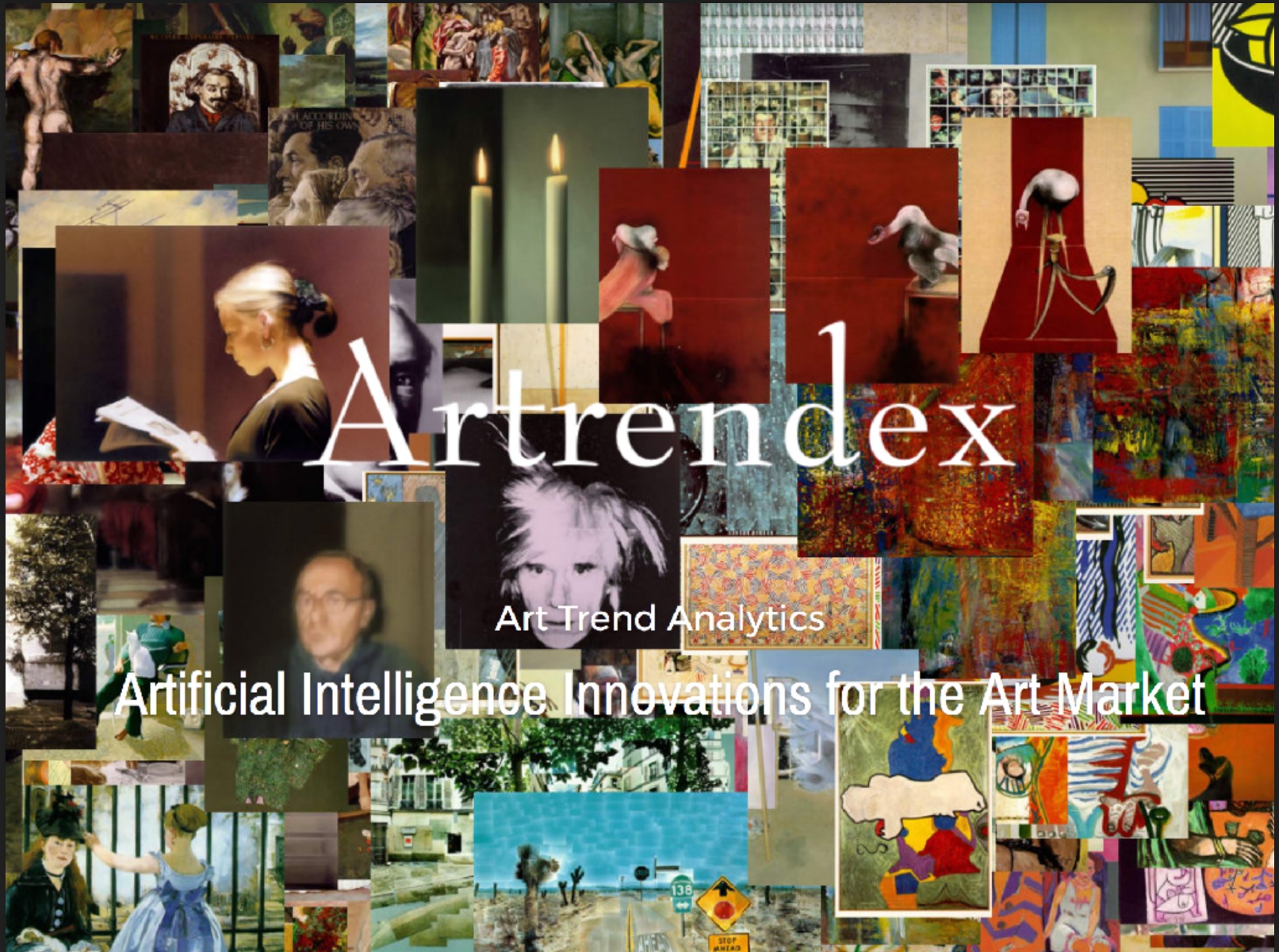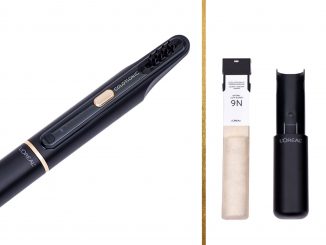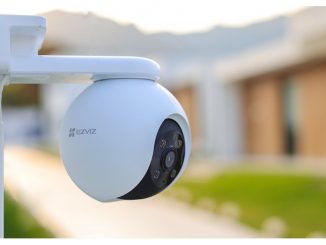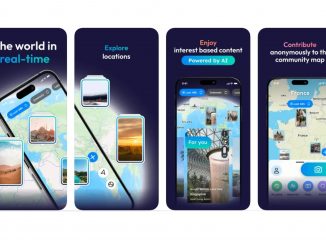
The Barnes Foundation was established to advance the appreciation of fine art from the works of Van Gogh to Picasso and beyond. Albert C. Barnes, founder of the Barnes Foundation, began his prized collection to the innovative arts education program emphasizing a close and direct engagement with works of art. Recently announced, The Barnes Foundation is using Artrendex’s new technology, called ArtPI, that allows potential visitors to browse the Barnes collection through their website based on the visual elements of art, rather than by artist name, medium, or era such as Impressionism.
Visitors can choose the colors, lines, style, light, and space that they prefer and ArtPI will curate a truly personal experience.

ArtPI (artpi.co) is a new interface or API driven by artificial intelligence that’s poised to transform the way art gets discovered, displayed, and sold. It promises to transform art discovery the way Shazam transformed music discovery. ArtPI detects features and patterns using overarching visual style characteristics based in art theory and history. Built from the ground up specifically for art and drawing on centuries of artworks, ArtPI can find visually similar works, label styles and eras, recognize subject matter and artist, and find connections within a large collection.
For museums and other institutions, this means users can search their collection visually, exploring artworks in a more organic and intuitive way by looking for particular features. Curators can have the entire collection at their fingertips, finding unexpected ties and similarities that may inspire new ways to display or interpret works. For galleries, dealers, and auction houses, ArtPI can be used in conjunction with social media to uncover trends or predict market conditions.

ArtPI works even when images of an artwork are distorted, allowing for less-than-ideal source images or shots from a variety of angles. The AI model has been trained to correct for distortion, distilling a slanted or poorly lit image into information that can be compared to other works. This does away with the need for complicated photographic documentation, letting ArtPI work in a variety of less formal circumstances. Now, for example, you can see what work from a major exhibit won the hearts of Instagramers, even if they took a quick snapshot from the side.
AI can spot visual patterns, often better than humans. ArtPI employs neural networks to train its algorithms on images, using more than 250,000 artworks for its initial training phase. The more works encountered by the algorithm, the more nuanced the results.
Philadelphia’s Barnes Foundation was one of the first institutions to adapt ArtPI. The Barnes first analyzed its extensive collection, which includes a great number of impressionist works. The first round of AI-powered analysis by different computer vision platforms generated some unexpected results: In one instance, the content of museum’s Renoirs were labeled as stuffed animals. However, once the museum’s works were inputted to ArtPI, some remarkable connections emerged.
To view the Barnes Foundation collection please visit: https://collection.barnesfoundation.org/. To learn more about ArtPI or to sign up please visit: http://artpi.io/member/login/.
###
Source: The Barnes Foundation, ArtPI



